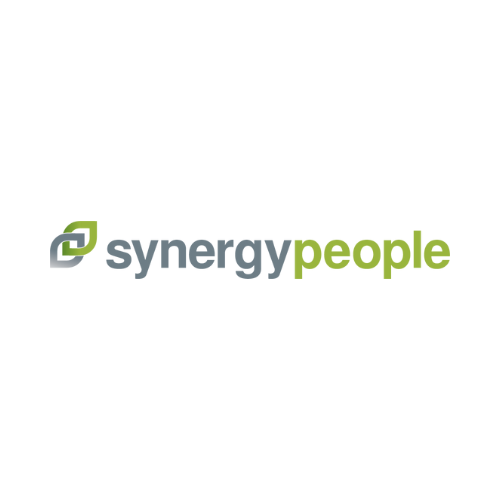Planning for the workforce of the future
The future workforce will be vastly different to what we have been accustomed to and will challenge traditional management theory and process. Focus will need to evolve from traditional long-range planning to dynamic management to drive workforce agility.
Ever-present market disruption along with the changing personal expectations of workforce participants, will drive an environment of constant change that will limit an organisation’s ability to consolidate a long-term workforce commitment.
Technological change, business innovation and operating environment disruption will accelerate necessitating companies to respond quickly, meaning that the workforce requirements of today may be quite different to the requirements of tomorrow.
Millennials will be more mobile; they will move quickly if they feel underutilised and believe they are not being developed. They will have high expectations for a rewarding, purposeful work experience, constant learning and development opportunities, and dynamic career progression.
To overcome these emerging challenges, leaders will need a adopt dynamic workforce management approach focused on:
- What are the skills and experience required to meet the foreseeable organisational requirements?
- How long do I need them for?
- How to optimise performance whilst they are there?
- How do I build agility to enable fast adaption to change?
This is not unlike elite professional sporting organisations where “rosters” from the coach down are continually managed to balance strategy, organisational needs, immediate results, and commercial realities. Coaches (Management) and athletes (Workers) are actively recruited on fixed-term contracts based on specific capabilities to deliver agreed objectives required to deliver the strategy. In return, the coaches and athletes are very well compensated and intensely developed to maximise performance whilst they are at the organisation. Organisation, coaches and athletes who do this well have long-term success.
Whilst it may not be desired or feasible for business to operate exactly like an elite sporting organisation, some of the principles can be applied to meet emerging workforce challenges. Particularly:
- Ongoing and actively recruiting the right skills, experience and capabilities aligned with strategy, objectives and operational needs.
- Agreed fixed-term commitments to enable the organisational agility to respond to an ever-changing operating environment.
- High-energy environment where workers are well-compensated, provided with purposeful objectives, intensely developed and actively managed to deliver tangible results.
- Intense development or workers for the period they are there.
Although the agile workforce model is predicated on paying a premium for the best talent when you need it, this premium will be more than compensated by increased performance along with the elimination of underutilisation, separation and organisational change costs.
As business change and uncertainty becomes more rapid, workforce structures and management will need to become more agile. Although the approach agile workforce management approach may vary from company to company, the need to adapt to the new age operating environment is almost certain.
Synergy People along with its sister company Efficiency Works, works with progressive organisations to optimise business performance through people and processes.
.png?width=190&name=IPA%20Logo%20Transparent%20(Hi-Res).png)





